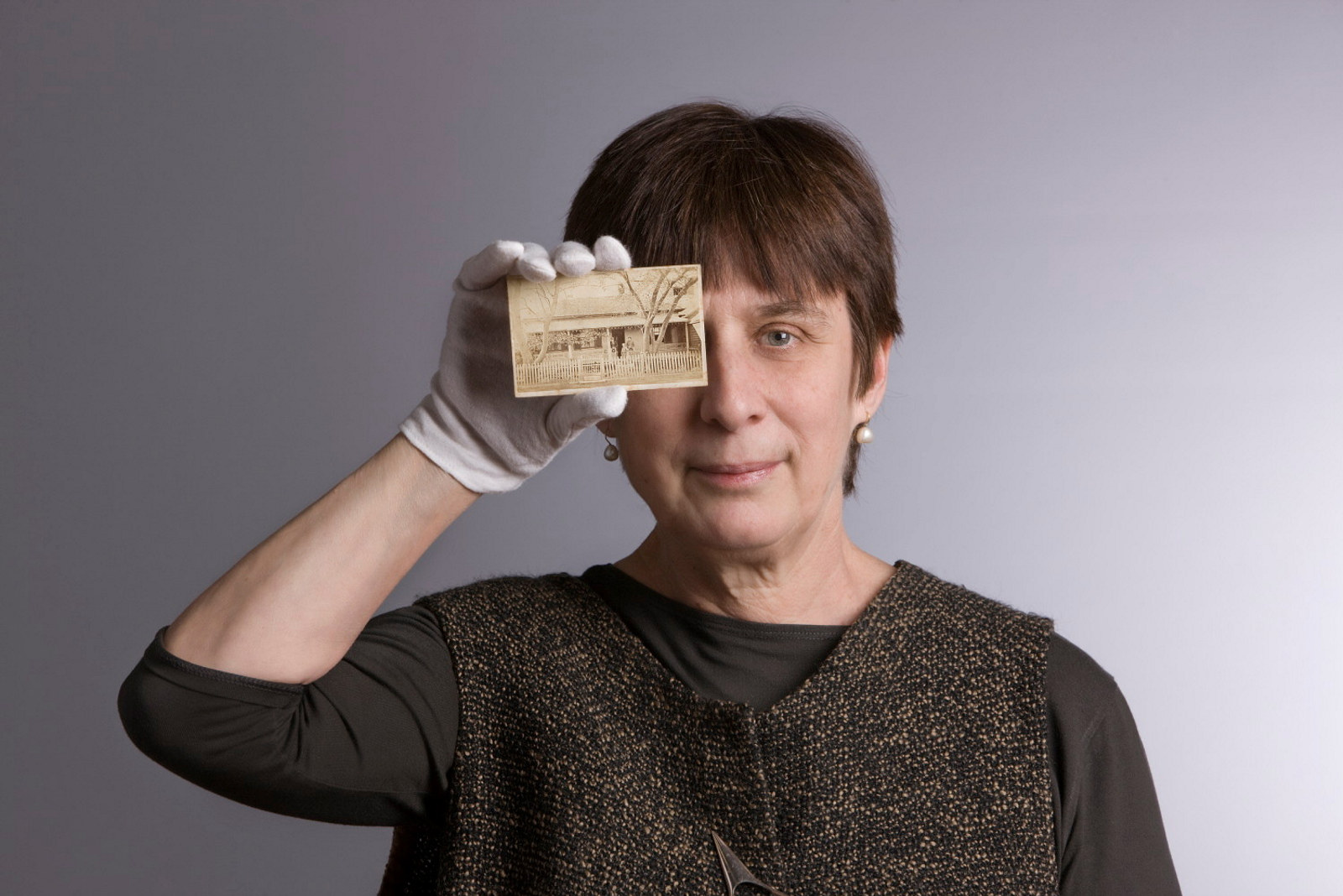The Elizabeth Farm dripstone
There’s an old limestone water filter, a dripstone, in the ‘servants’ courtyard at Elizabeth Farm. It was previously located at Hannibal Macarthur’s Vineyard, a grand house and riverfront estate in nearby Rydalmere. Hannibal was John Macarthur’s nephew, the son of his only brother.
Historical records like auction listings and household inventories tell us that filtering stones were common in New South Wales from the early days. Its also known that Royal Navy ships in the late 18th century carried dripstones on board. While the manufacturing details of the Elizabeth Farm dripstone are unknown, curators suspect it came from Norfolk Island, a known source of colonial dripstones, where large deposits of similar limestone were readily available and labour, or course, was plentiful.
The operating principle of a dripstone was simple: a suitably porous block of limestone was hollowed out in the shape of a large apothecary’s mortar - or font, or flowerpot - and suspended in a frame. Creek, rain or pond water was poured into the bowl from above and allowed to drain. As water leached slowly through the stone, impurities and particles were trapped, leaving clear, clean water to seep out below. The relentless drip-drip-drip-drip of water globules plopping into a waiting container must have been a familiar, if not always comforting, backing soundtrack in 19th century service areas.
The Elizabeth Farm dripstone is believed to have originated from Norfolk Island ... from a massive chunk of calcarenite, a locally occurring limestone deposit.
The best dripstones were considered to be those from Fuerteventura in the Canary Islands. In 1787 Lieutenant William Bligh bought two such dripstones at Tenerife for use on the Bounty’s voyage to Tahiti1.
Dripstones from the West Indies were also well regarded and in November 1822 a merchant in Hobart advertised a cargo of goods for sale, including ‘a real Barbadoes filtering stone’2. In 1845 Bermuda dripstones of various sizes arrived in Sydney where they were demand was clearly strong. The auctioneer Thomas Mort had 16 for sale, ‘singly, to suit private families’ since ‘every family should be possessed of one’3. Other cargoes, like the 56 dripstones imported by local Sydney merchants Aspinall & Co from London in October 18334, may have included stones from either Tenerife or the West Indies.
The Elizabeth Farm dripstone is believed to have originated from Norfolk Island, manufactured during the island’s second period of convict settlement (1825-53) from a massive chunk of calcarenite, a locally occurring limestone deposit5.
There had also been an earlier, illicit, trafficking in dripstones from the Norfolk Island convict settlement by Captain Thomas E Wright ...
In the early 1830s the distribution of these stones was controlled through the office of the Colonial Secretary Alexander Macleay in Sydney, The privileged recipients included members of the military, Macleay himself and several other colonial officials6.
There had also been an earlier, illicit, trafficking in dripstones from the Norfolk Island convict settlement by Captain Thomas E Wright, who was Commandant there from August 1827 to November 18287. The scale of production is not known but a Norfolk Island dripstone was exhibited at the Great Exhibition in London in 1851, selected by Governor Sir William Denison as part of the manufactures of the colony of Van Diemen’s Land and described as being ‘in general use in the colony, and much approved’8.
Ongoing investigation into the origin of the Elizabeth Farm dripstone will hopefully include putting it under the microscope to analyse its mineral make-up and enable a better comparison with other known examples of a similar age and origin.
Notes
- R A Coleman, ‘Dripstones: rudimentary water filters on ship and shore in the 18th century’. Bulletin of the Australian Institute for Maritime Archaeology, vol 25, 2001, pp113-120
- Hobart Town Gazette, 23 November 1822, p20
- Sydney Morning Herald, 23 June 184S, p4
- Sydney Herald, 2 October 1833, p3
- Myra Stanbury & Ian D Macleod, ‘Colonies, convicts and filtering stones: roads to solutions’. Bulletin of the Australian Institute for Maritime Archaeology, vol 12, no 2, 1989, ppl-l0.
- Colonial Secretary's Correspondence 4/2104.1 State Records NSW
- The Australian, 25 November 1829, p 2; 29 June 1832, p4
- Great Exhibition of the Works of Industry of All Nations 1851, Official descriptive and illustrated catalogue vol 2, Spicer Bros, London, 1851, p994
Published on
Related
Browse all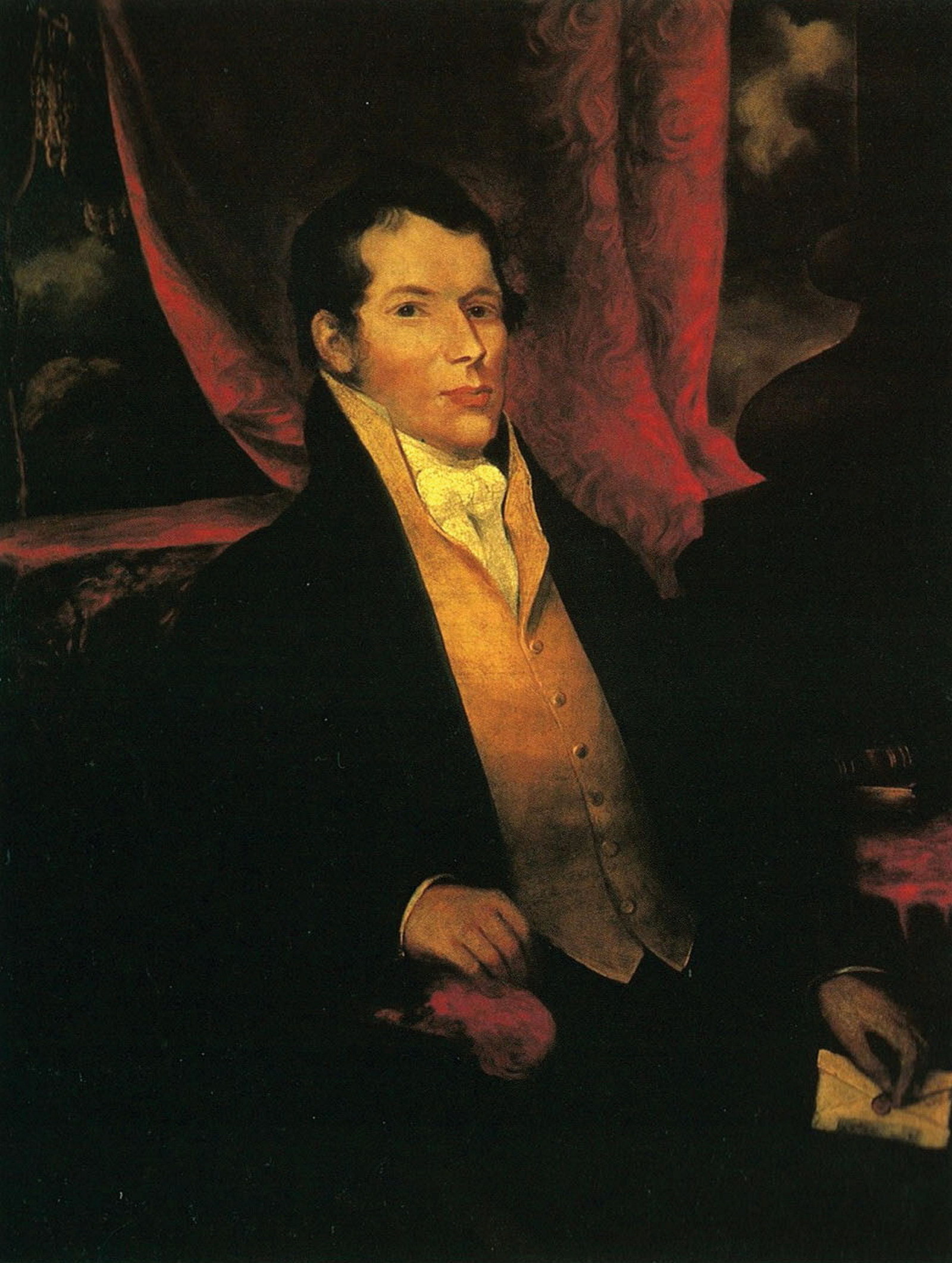
Convict Sydney
John Macarthur - Ambitious, volatile, self-confident
John Macarthur is well remembered as an ambitious and ruthless soldier who forged a powerful colonial farming dynasty
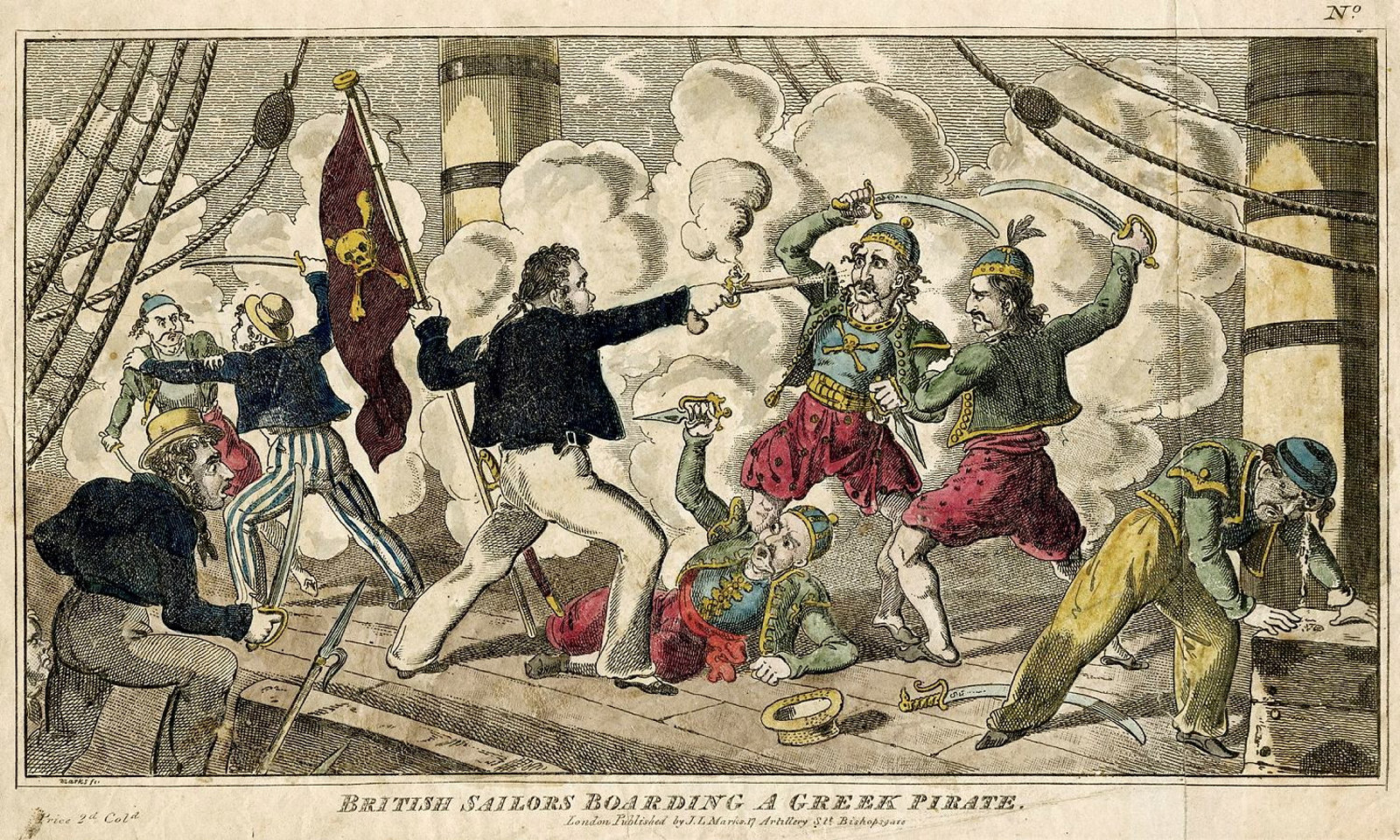
The Maltese connection: the unexpected origins of Elizabeth Farm’s convict workers
The story of three men from Elizabeth Farm shows that theft was only one reason for transportation and that Britain was far from the only source of convicts sent to NSW
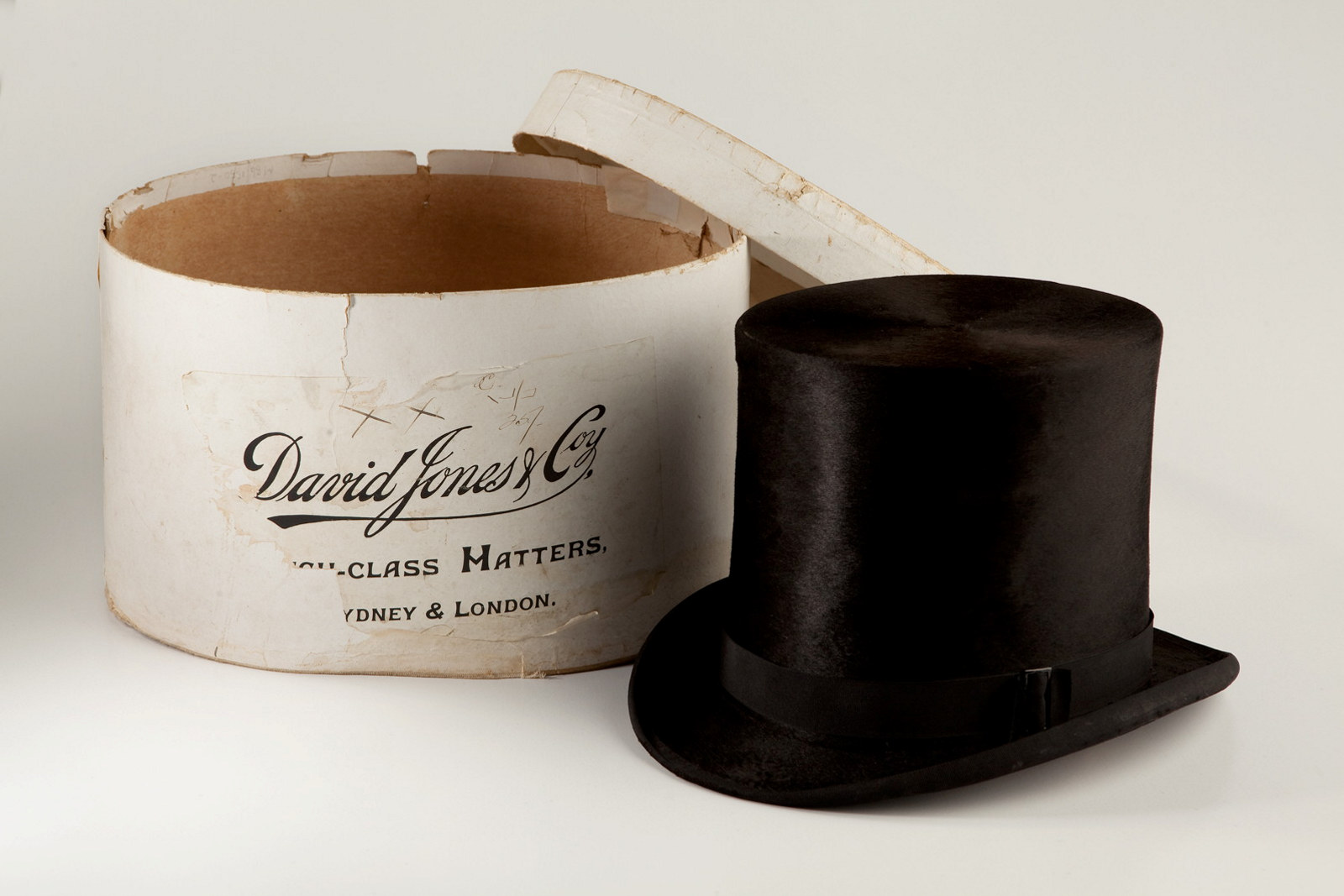
Bicornes, bonnets & boaters
There’s a variety of headwear across our collections ranging in date from early to late nineteenth century
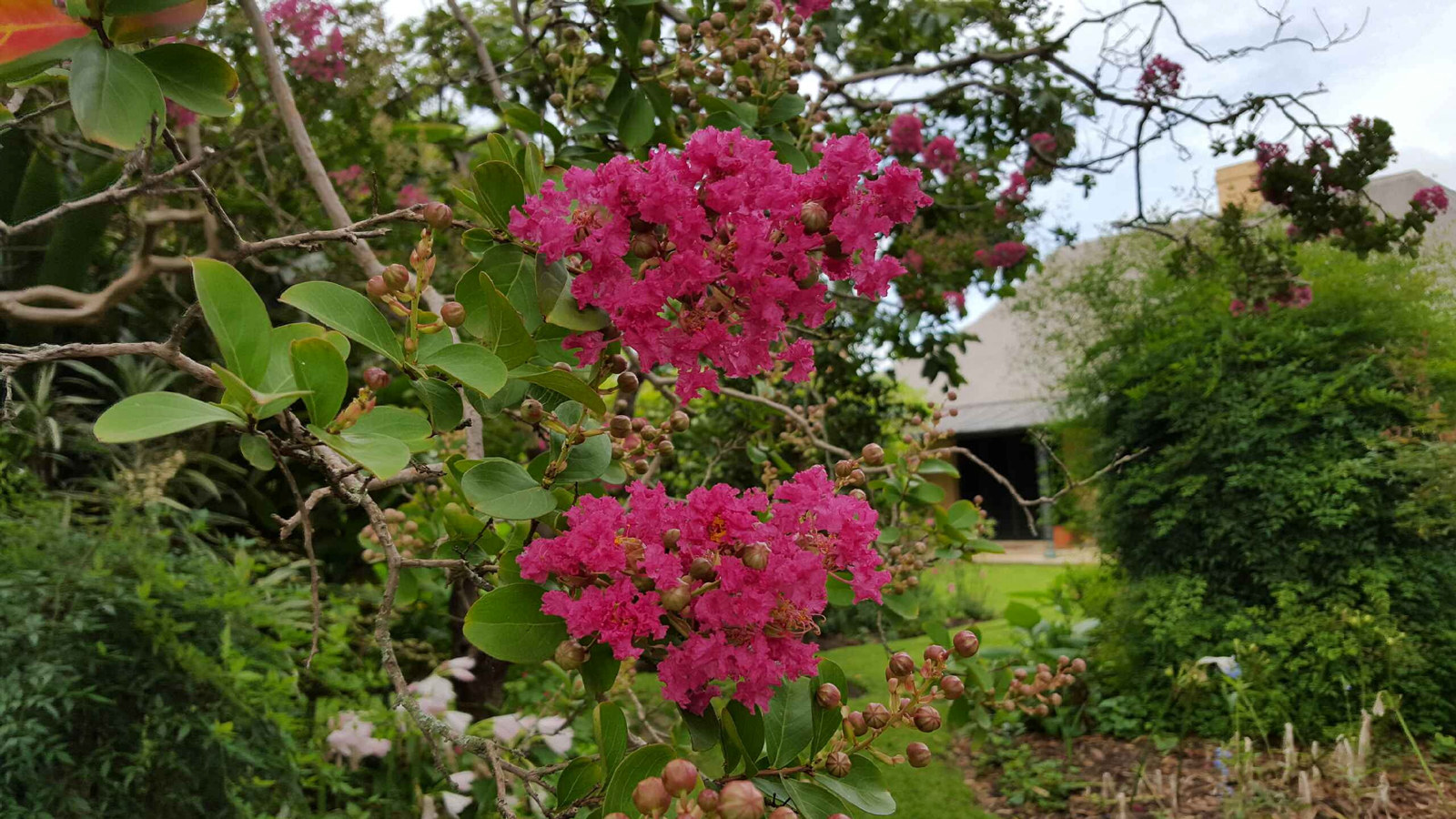
In the pink at Elizabeth Farm
Amid the late summer bounty in the garden at Elizabeth Farm, the crepe myrtle is the undoubted star of the show
